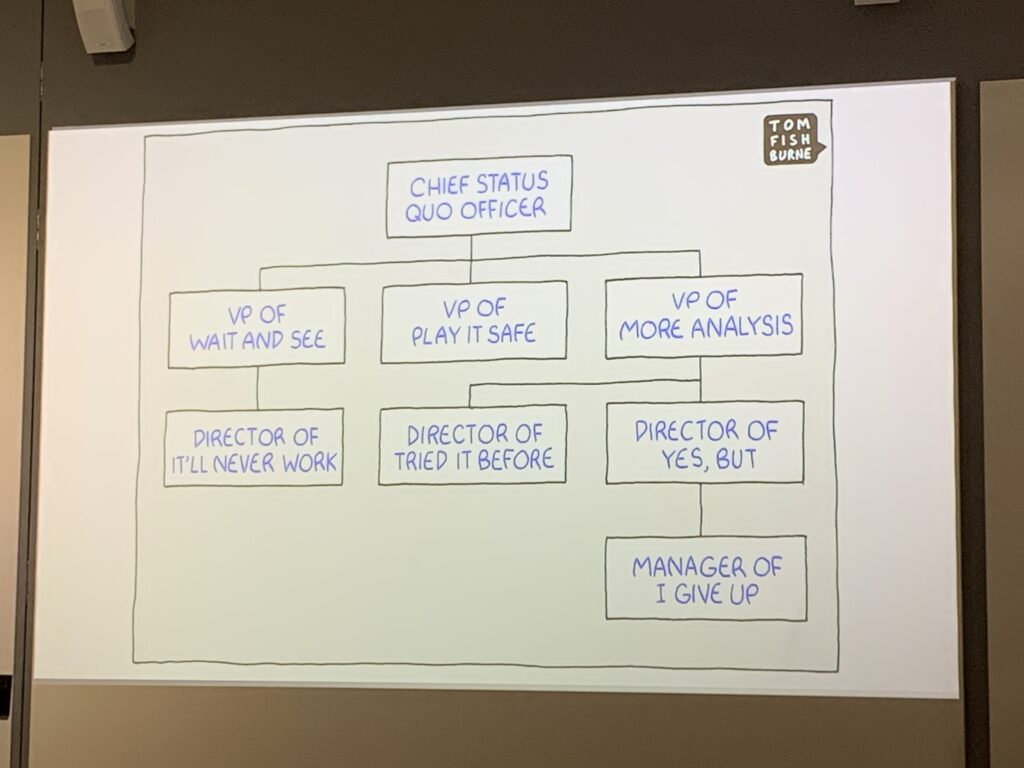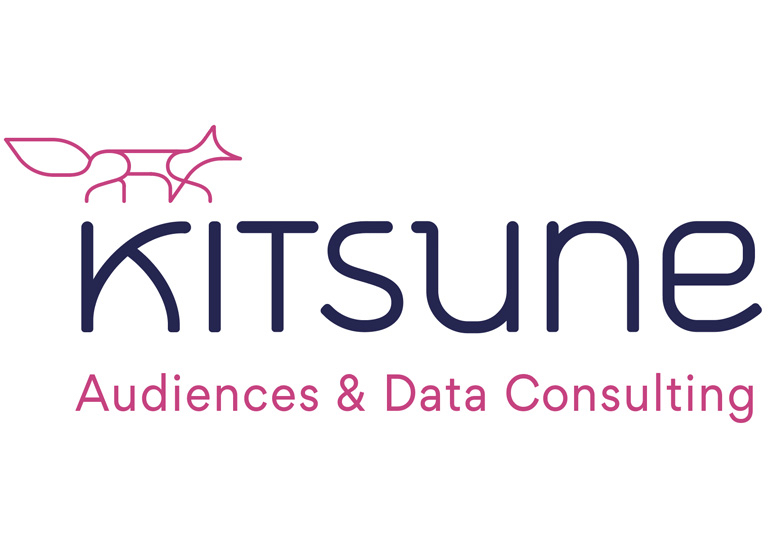April 2025 – EGTA mim session in Budapest
In March 2025 I had the opportunity to discuss my thinking on AI in the context of audience measurement at EGTA’s yearly Marketing Intelligence Meeting in Budapest. Please find the deck for download below. Let me know if you want to discuss and whether you agree or disagree on topics?

December 2024 – Thought piece on ai
Setting up my own little shop allows me to act as CFO, CEO, COO, CRO all in one go. But it also allows me to take the CTO role, and I decided to try fully integrating AI opportunities from the get-go.
That means I send myself back to University (Nyenrode in the Netherlands) and invested in subscriptions to basically all commonly used tools. And spend days (I am clearly no IT manager) trying to set-up up the relevant tools.
To be clear, I am still no expert, but now that this is underway, I would want to start the wider conversation with my colleagues in the media measurement domain. So here is a thought piece on the topic. Curious to learn your views on how AI can, will, should, transform parts of our daily working lives in media!
Harnessing the Power of AI in Media Measurement: Use Cases for Research Suppliers and Media Owners
Artificial Intelligence (AI) is driving innovation across the media industry, and its impact on also media measurement is undeniable. With AI tools more accessible than ever, there’s an opportunity to elevate the way companies understand audiences and optimize strategies.
However, as AI becomes a buzzword, the temptation to use it without a clear purpose grows. The real value of AI lies in solving specific challenges, improving workflows, and helping companies make smarter decisions. In this blog I am trying (I am still learning!) to assess how AI can transform media measurement for both research suppliers and media owners, while highlighting the importance of applying it to targeted use cases (yes I am still a product guy) for maximum effectiveness.
AI in Media Measurement:
A Game Changer for Research Suppliers
For research suppliers, AI offers a way to not only deliver better insights to clients but also streamline daily operations. Used wisely, AI can handle massive datasets, reveal actionable process insights, and improve the efficiency of research workflows.
Enhanced Audience Segmentation and BEHAVIOURAL Insights
AI can process vast amounts of data to uncover audience behaviors that go beyond basic demographics. It can support in merging panel and large scale behavioral data. It allows for indentifying deeper, more relevant audience segments, allowing research suppliers to deliver more accurate insights. These more granular data and more detailed segments give clients a sharper understanding of their audience, leading to better targeting and improved ad strategies.
Automating Tedious Tasks and Reporting
AI doesn’t just analyze data—it can also handle the manual work that often slows down operational and research teams. Automating tasks like data cleaning, reporting, and identifying trends allows data scientists to focus on their modelling job, researchers to focus on strategy. AI can even predict audience behaviours, providing a glimpse into future trends that can guide decision-making.
AI in Everyday Operations
Beyond data analysis, AI can improve daily processes. It can monitor the quality of data by detecting errors or filling in gaps, ensuring that research reports are accurate and trustworthy. AI can also automate internal tasks like project management or communication, freeing up time for teams to focus on more complex tasks like building strategy and offering recommendations.
AI for Media Owners:
Unlocking Efficiency and Growth
AI also has the potential to transform the way media owners work, from broadcasters to digital platforms. When applied thoughtfully, AI can optimize both content creation and operational workflows, helping media companies grow and stay competitive.
Optimising Content Creation and Personalisation
AI allows media owners to personalise the content experience for individual viewers, offering them tailored recommendations based on their viewing habits. This not only enhances audience engagement but also keeps viewers coming back, increasing long-term retention.
Boosting Ad Revenue Through AI
By using AI to analyse audience engagement and previous ad performance, media owners can predict the best time and place to serve ads. This helps maximise ad revenue by ensuring that ads reach the right audience at the right time.
Streamlining Operations with AI
AI can also improve operational processes by automating routine tasks like customer service or content management. For example, AI chatbots can handle simple customer inquiries, freeing up human resources for more complex interactions. Similarly, AI can optimize production workflows, speeding up decision-making and reducing costs.
Using AI Intelligently:
Focus on Real Needs
As AI continues to evolve, it’s important for media owners and research companies to avoid using it simply because it’s a trend. Instead, AI should be deployed to solve real challenges and improve workflows. Here are a few key things I believe are valid for using AI wisely:
- Identify real problems first: Focus on areas where AI can make a real difference, such as streamlining operations or improving audience measurement products and insights.
- Start small, scale later: Test AI in a controlled setting before expanding its use across the organization.
- Stay transparent: Choose AI solutions that are easy to understand and explain, so you know how decisions are made.
- Respect data privacy: Ensure that AI tools comply with data privacy laws and maintain ethical standards when handling user data. Especially important in audience measurement!
- Incorporate involvement from teams involved from the start. AI should be incorporated by people involved by understanding their individual benefit.
AI Requires Organisational Change

Using AI successfully isn’t just about adding new technology—it also means changing how a company works. AI can change daily processes, making some tasks easier but also changing the roles of employees. As AI handles routine tasks, employees will need to focus more on creative thinking, strategy, and decision-making. This means companies need to offer training and support to help their teams adapt to new roles and ways of working.
To get the most out of AI, organisations must be ready to change how they operate, rethink workflows, and build a culture that embraces learning and flexibility.
Conclusion: AI as a Tool for Progress
AI can revolutionise media measurement for research suppliers and media owners, but its true power is only unlocked when used thoughtfully. By focusing on specific use cases, companies can improve audience understanding, optimize operations, and stay competitive in a fast-moving industry. However, AI isn’t a magic fix—it’s a tool that must be integrated with clear goals and strategies to drive meaningful results.
Let me finish with some with some Dutch style statements:
- Look at your daily problems and annoyances first in detail before diving in using AI in your daily routine. Just trying to use it because you want to use it is useless.
- Use AI always as a first approach to solving those problems. Because you will need to force yourself to invest time that initially will cost more than it returns.
- Be conscious that in setting up AI solutions, you need to be aware how basically automated, generic, and mostly US based approaches work. Because where they are developed, what information mainly will be used, might be very status quo and US focused!
- You define how it should work, what it should do and why. If you don’t and just leave it to the machine you might work backwards!
